He’s a mercenary-for-hire who travels with a child.
Such a premise helps create a story where the contrast of joy and violence is at the forefront, showcasing the main character as both assassin and caretaker.
The above description can be used to explain the basis of either The Mandalorian or its greatest inspiration: a popular Japanese story known as Lone Wolf & Cub ⏤ and that’s not the only similarity between the two.
The Mandalorian, created by Jon Favreau, has become a major hit series on Disney Plus after taking Star Wars fans on a journey with a new character while introducing a slower-paced method of storytelling not necessarily common in the Star Wars universe, sans the first half of the original film.
Star Wars itself is inspired by many things, not the least of which are old samurai films. The Jedi were originally patterned after samurai, but the similarities don’t stop there. What other things do The Mandalorian and Lone Wolf & Cub have in common?
What is Lone Wolf & Cub?
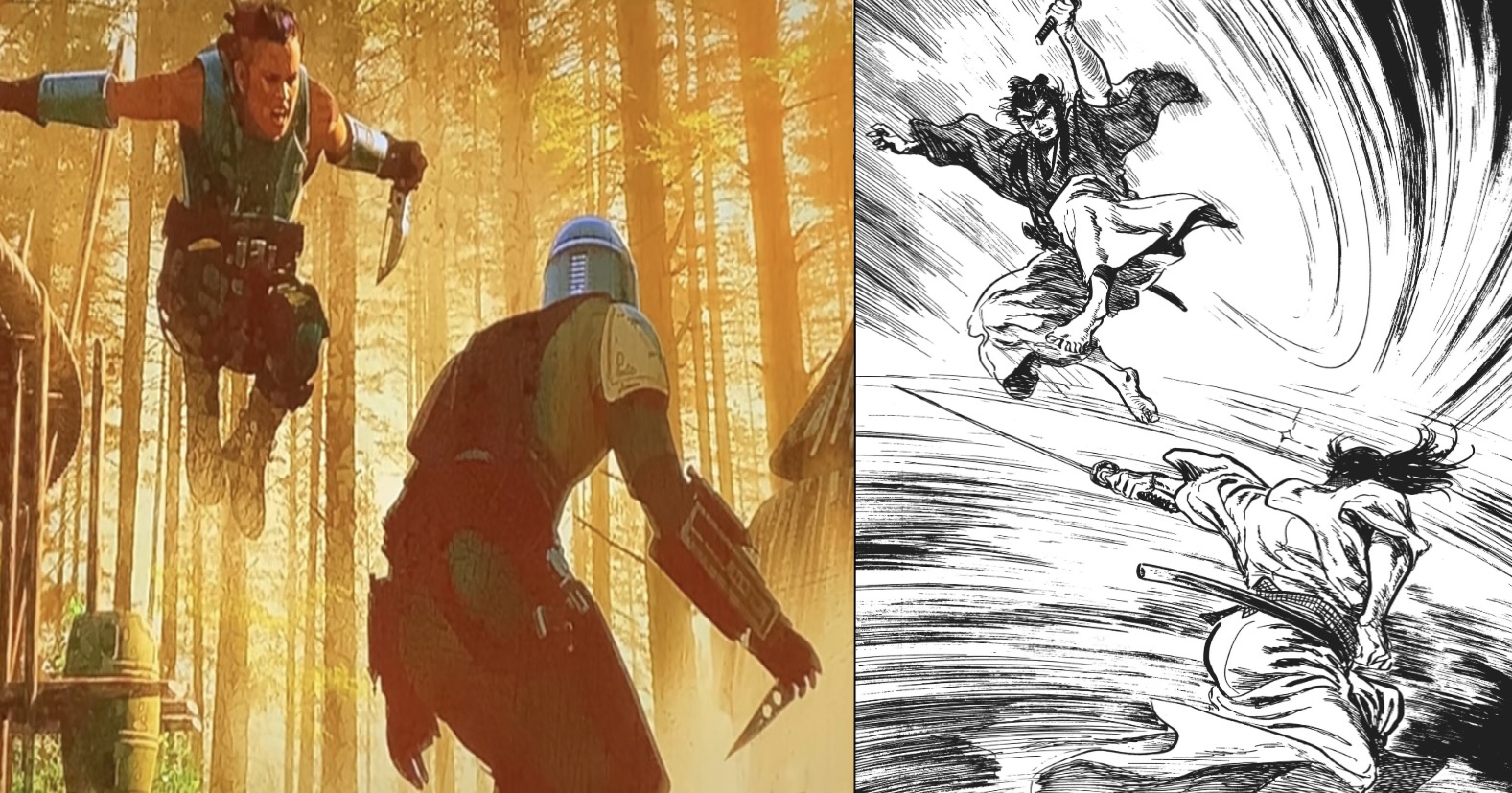
While many western viewers of The Mandalorian find the idea of a warrior dude walking around with a kid storyline to be unique, it’s a concept borrowed from a Japanese manga called Lone Wolf & Cub that was initially published in 1970 and spawned multiple TV series in Japan, a movie franchise totaling six films, a later spin-off manga, and even a video game, among other things. The comic book series is so popular that it has sold over 11 million copies.
Lone Wolf & Cub is a samurai story, perhaps the most critically-acclaimed story of its kind in the comic book medium, though it’s technically about a former samurai. It unfolds in its original comic form over the course of 142 episodic chapters and is told over the course of 28 volumes released over several years.
The story was conceived by writer Kazuo Koike, who collaborated with artist Goseki Kojima to create the series of the assassin-with-child. It eventually earned a fairly strong following among western audiences partly because of the popularity of the 1980 Americanized film version called “Shogun Assassin,” which combined the first two films into one and added narration from the perspective of the child.
The popularity continued when First Comics began publishing Lone Wolf & Cub in the late 1980s, introducing it in its original medium to America, though the series would not be printed in its entirety until Dark Horse Comics completed the task from 2000-2002.
What is the plot of Lone Wolf & Cub?
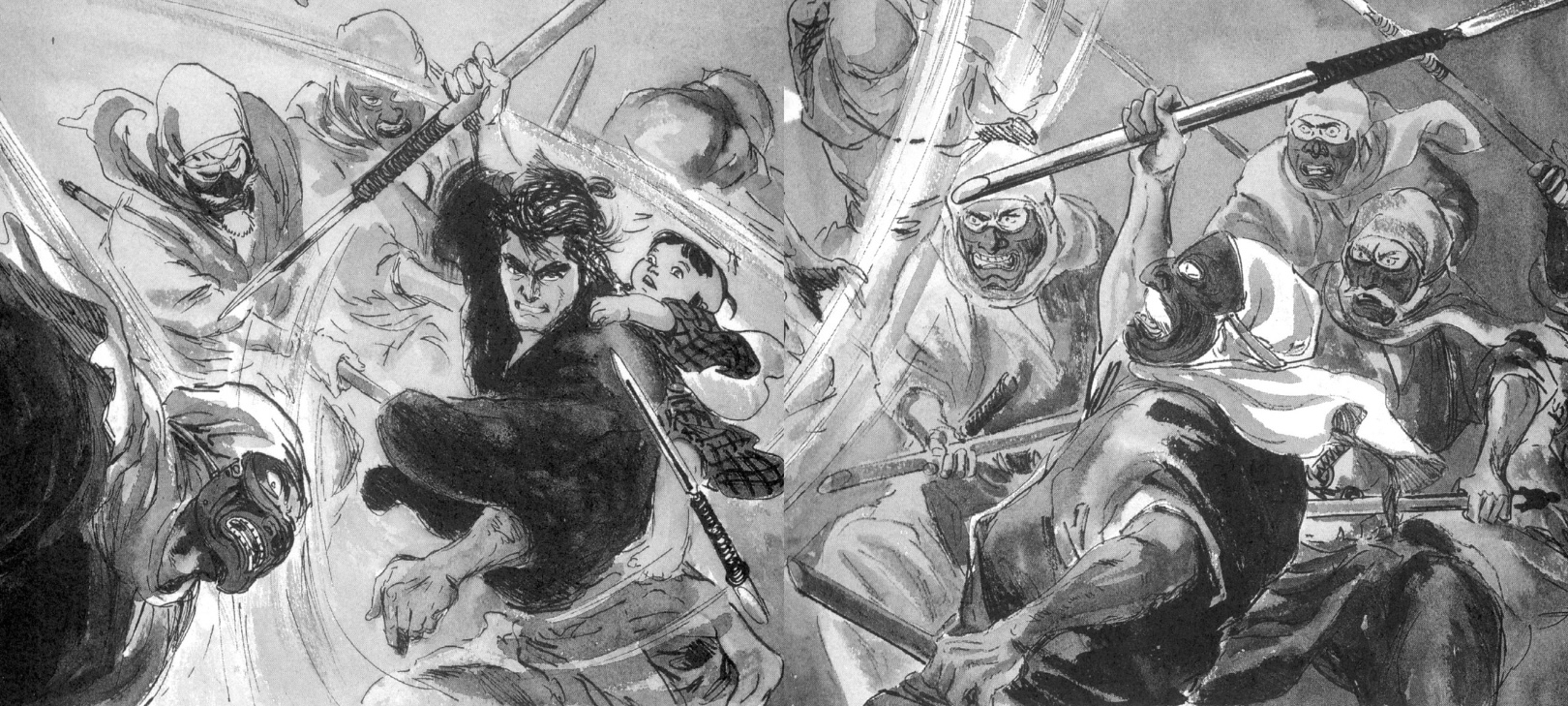
Itto Ogami is the main character of LW&C, which takes place in Japan’s Tokugawa Era.
Ogami formerly worked for the Shogun, thus his post was a highly regarded one and was sought by the powerful Yagyu family who already controlled multiple secret aspects of the government. The Yagyu succeed in taking Ogami’s post by framing him for treason, killing his wife in the process. Ogami is found guilty but flees and begins a long journey to reveal the truth and to exact revenge. He makes money with his sword skill, hence why he becomes a hired assassin (McDonald’s wasn’t around then) and even brings his kid along for the fun experience.
This certainly is not mimicked in The Mandalorian, but many other aspects are.
What are some of the similarities between the two?
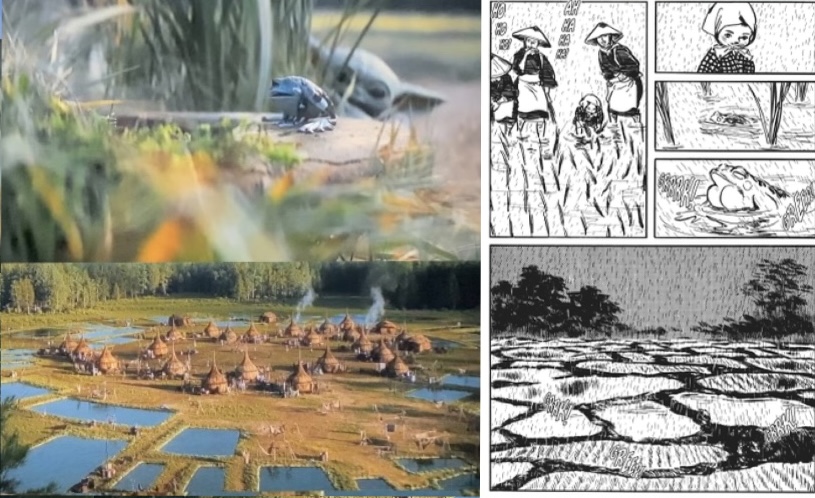
Lone Wolf & Cub took quite a risk by telling a story in black-and-white comic book form that featured numerous chapters of minimal dialogue. Most of the high points of its storytelling existed within wordless moments, not just reserved for action but for many simple and seemingly mundane things, yet those wordless moments became the steering wheel that drove its storytelling.
As an example, half of the pages of chapter 67 of LW&C have no dialogue nor any literary explanation, which amounts to 27 pages in which 124 panels move the plot without the need of those unnecessary things called words (apologies to those reading this who also feel that words are unnecessary). Only a few of those panels are reserved for action. The rest are reserved for the arrival of characters, scenes of places, and telling the story through motion.
Itto’s son, Daigoro, often steals many panels of the comic book as he plays with nature. Whether it be observing butterflies or toying with crickets, Daigoro’s curiosity is featured as the most obvious device of innocence within the story.
Grogu, the Yoda-like child whom The Mandalorian ends up traveling with, also steals the show doing such things. In fact, the show somewhat prides itself on this, gaining character depth without dialogue and somehow managing to make the main character connect to the audience despite him being a fairly violent guy. That’s not an easy task. Most of this is achieved by way of the Mandalorian’s caring for the child and by him showcasing a certain degree of sympathy for the innocent, as does Itto Ogami at times. Both main characters also possess a calm and reasonable nature that adds to the contrast of their deadly skill.
What are the similarities between Mando and Itto?
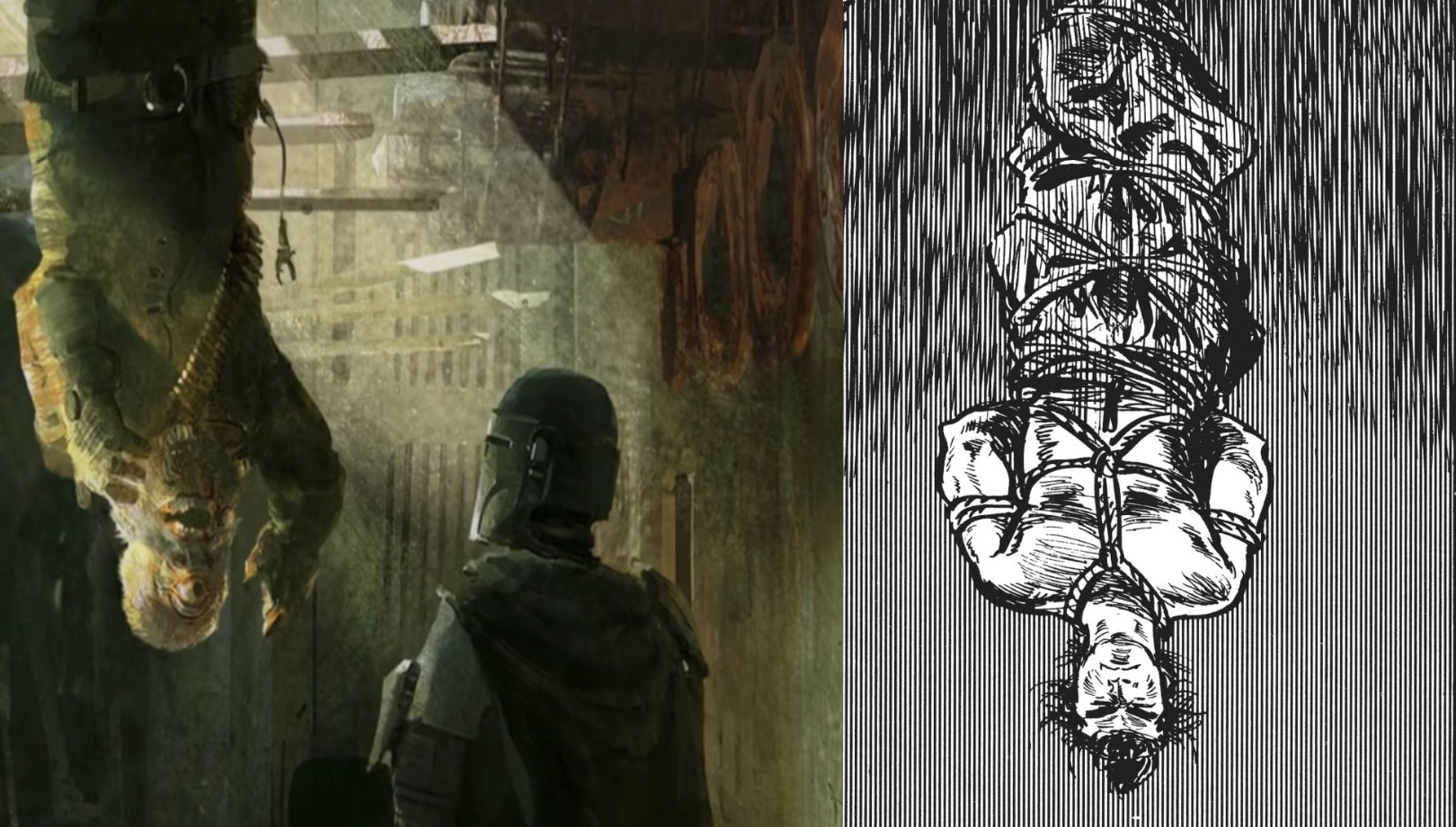
The characters of Itto Ogami and the Mandalorian (often nicknamed Mando, though a shorter version of his name technically should be Manda, but we’ll let that pass) both speak of the Way. In The Mandalorian, it’s a part of the creed of Mandalorians, often resulting in the saying, “This is the Way.”
Itto Ogami often speaks of a different kind of Way, focusing on the path of vengeance he chose to take called “Meifumado.” This can be loosely translated to mean the “Road to Hell.” Ogami speaks of Meifumado and the Way of the Assassin, often justifying his actions by saying, “This is the Way of the Assassin.”
Just about each chapter of both LW&C and The Mandalorian feature a new mission that the main character takes in a new place. For Din Djarin, the actual name of the Mandalorian, his missions become less associated with the bounty hunter’s guild and more associated with his personal honor. Itto Ogami also takes on more personal missions as the story unfolds, including honorable ones such as fulfilling a final dying request of an innocent victim.
Both Mando and Itto excel in combat. Both have numerous different types of weapons and surprise gadgets. Itto even ends up having his baby cart double as a machine gun-type of weapon (which sounds so much more twisted than it is).
What are the similarities between the children?
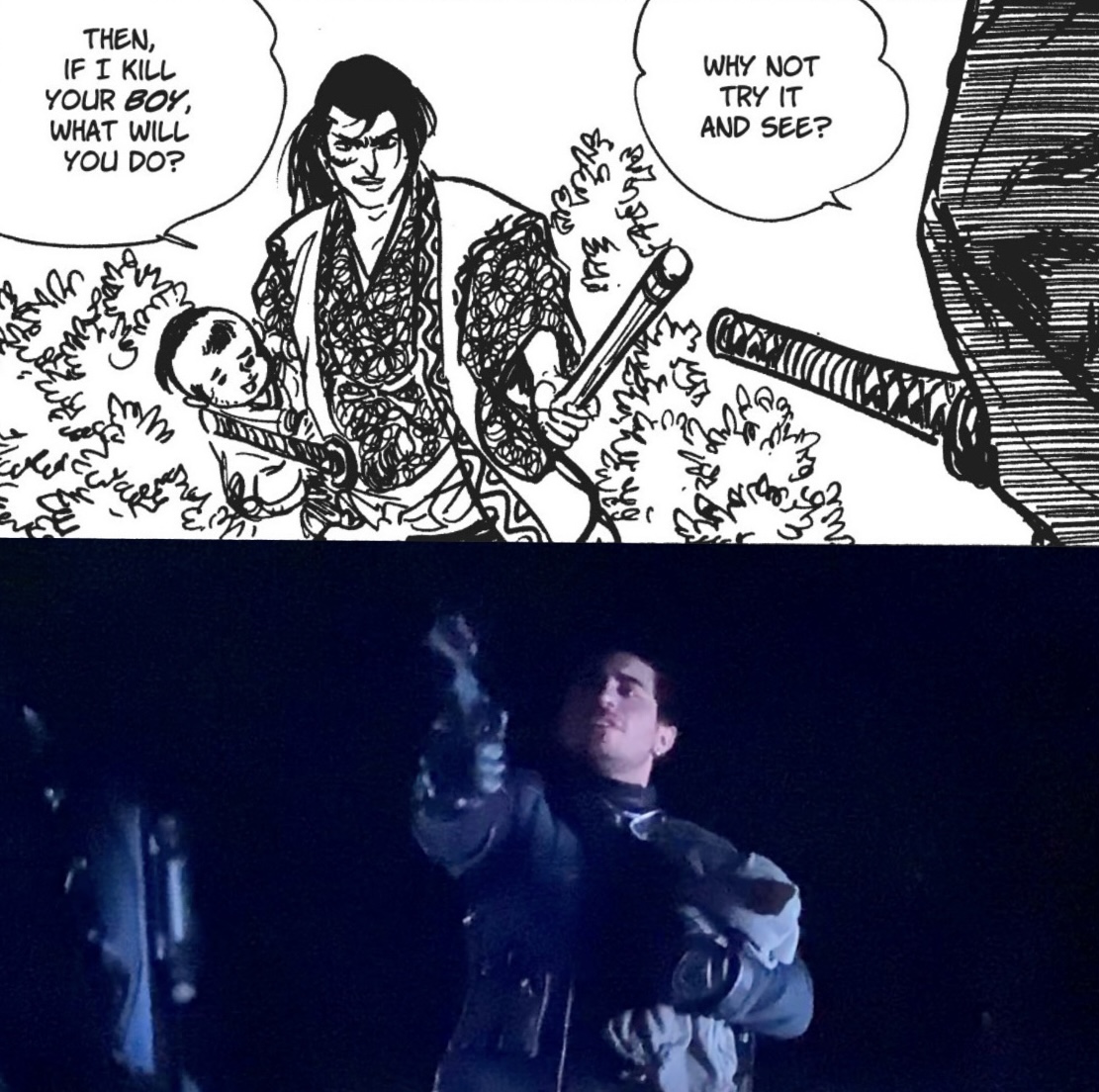
The man they call the Mandalorian takes it upon himself to journey with child, believing he is protecting him after having been paid to kidnap him and deciding otherwise by, well, kidnapping him. That might not be how it’s perceived because Din Djarin protected him from an assassin and is protecting him from many other bad guys, but he technically steals our little friend and decides to take care of him long-term (so, kidnapping, right?!).
That child is only a child by the standard of its species (the unnamed species of Yoda), which can live for several hundred years. The child, Grogu, is actually 50 years old. This allows the writers to not only use him as a kid but also allows them to use him as something of an adult when necessary, as he involves himself in battles that Manda ⏤ sorry, Mando ⏤ seems to need help with. Of course, a small fry like Grogu would normally be somewhat unthreatening, but the Force is very strong with this small fry.
Daigoro, the cub of Lone Wolf & Cub, mostly exists throughout the story as a three-year old. Unlike Grogu, Daigoro is actually the son of the main character. Daigoro doesn’t necessarily have superpowers, but he clearly has certain special abilities for a child. He’s capable of adult-like thinking and actions beyond his years. For instance, he survives a fire in the fields by covering himself in mud and even survives for days on his own after being separated from his father. When his father is sick, he fishes for meals to feed them both.
Despite Daigoro’s insane cuteness (he makes Grogu look like a mere frog, with all due respect to Kermit), he often involves himself in his father’s part-time gig. If his father is outnumbered, Daigoro will sometimes press down on a lever inside of his baby cart that triggers the release of bladed spears, killing its target (okay, maybe this story is as twisted as it sounds).
Daigoro observes his father dishing out so much death that there are numerous times that other characters refer to Daigoro’s eyes as “Shishogan” eyes. One character explains that such eyes are “The eyes that only a swordsman who has cut through death itself can possess.”
Because of this, in one story, a woman becomes deathly afraid of Daigoro, who can even copy his father’s famous sword stance and will attempt to use his father’s sword on an enemy. Daigoro’s skills, if these are what we demote their explanation to, come into play many times during his father’s battles, and other characters certainly don’t expect it. This concept is copied in The Mandalorian for the Grogu character.
Are there other connections?
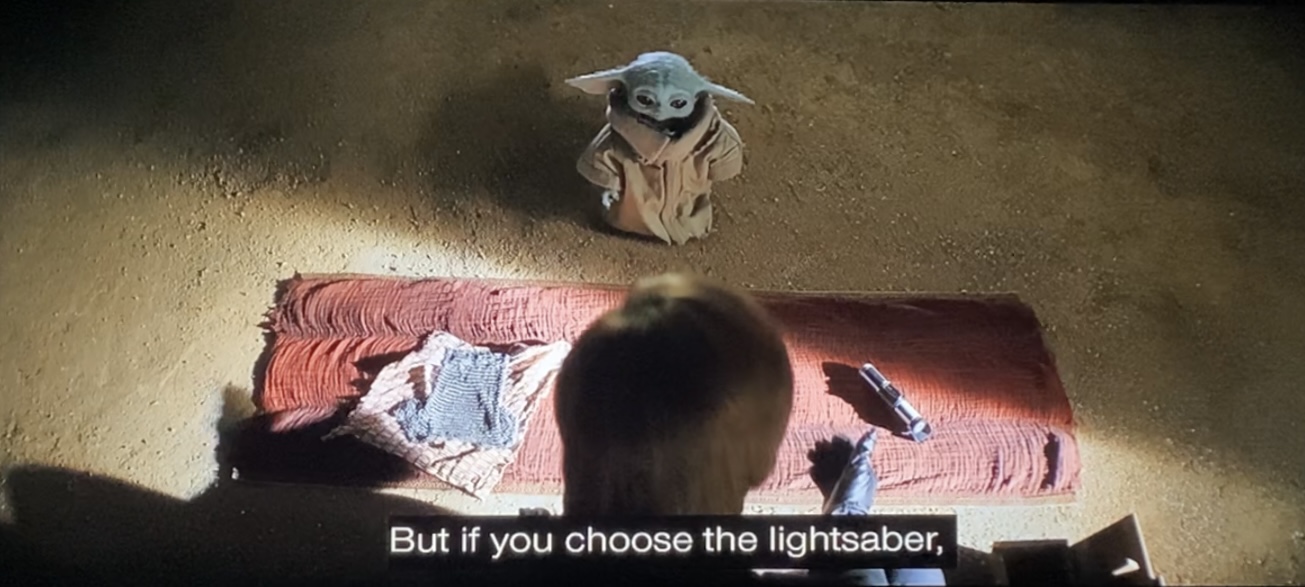
Although not a similarity, it’s worth noting that the creator and artist of the original Clone Wars series from 2002 ⏤ which now understandably earns confusion with the more recent CGI series of the same name (Star Wars ran out of titles for their shows, apparently) ⏤ is a big Lone Wolf & Cub fan.
Genndy Tartakovsky earned critical acclaim for Clone Wars, partially for its method of storytelling through limited dialogue. Tartakovsky also created an animated series called Samurai Jack, which took wordless moments to a whole new level. In an episode of Samurai Jack, Tartakovsky even gives quite a nod to Lone Wolf & Cub by featuring an animated version of Itto Ogami traveling with Daigoro, slaughtering his Yagyu enemies as a younger Samurai Jack observes.
The most recent obvious similarity was a scene that took place in The Book of Boba Fett. In it, Luke Skywalker forces Grogu to make a choice. He sits across from Grogu and places a gift from the Mandalorian down on one side and a lightsaber down on the other, telling Grogu that he must choose one. If he chooses the gift, he will go with the Mandalorian. If he choose the lightsaber, he will stay with Luke and learn the ways of the Jedi.
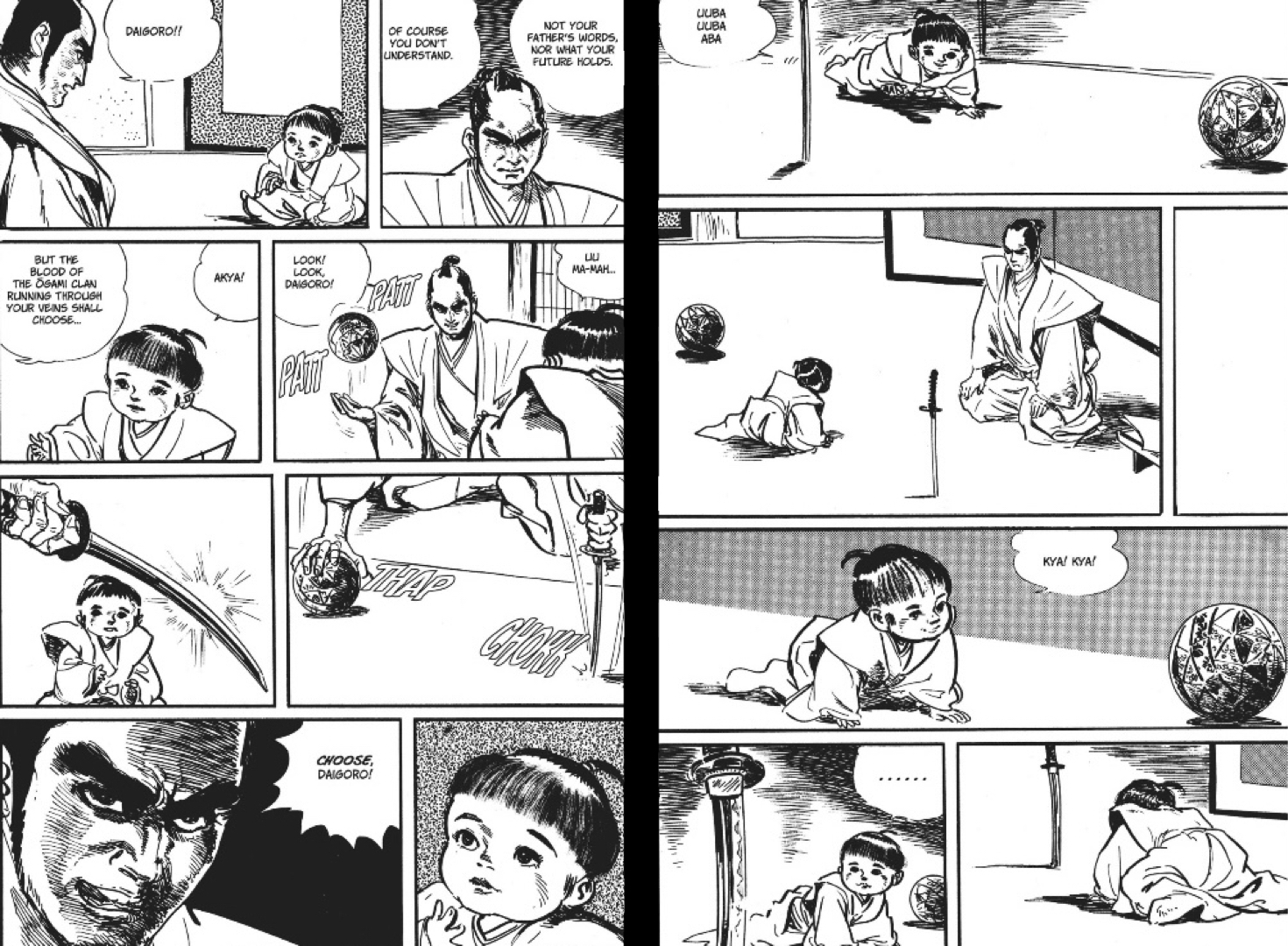
This scene is directly lifted from Lone Wolf & Cub. Just prior to Ogami fleeing on his path of vengeance, he forces Daigoro to choose by sitting him down and placing two objects before him. One is a ball and one is a sword. If he chooses the ball, he will send Daigoro to be with his deceased mother. However, if he chooses the sword, he will journey with his father on his path of vengeance.
We all know which one Daigoro chooses. Thus the tale of Lone Wolf & Cub, which continues to inspire numerous writers, filmmakers, and artists, was brilliantly born.










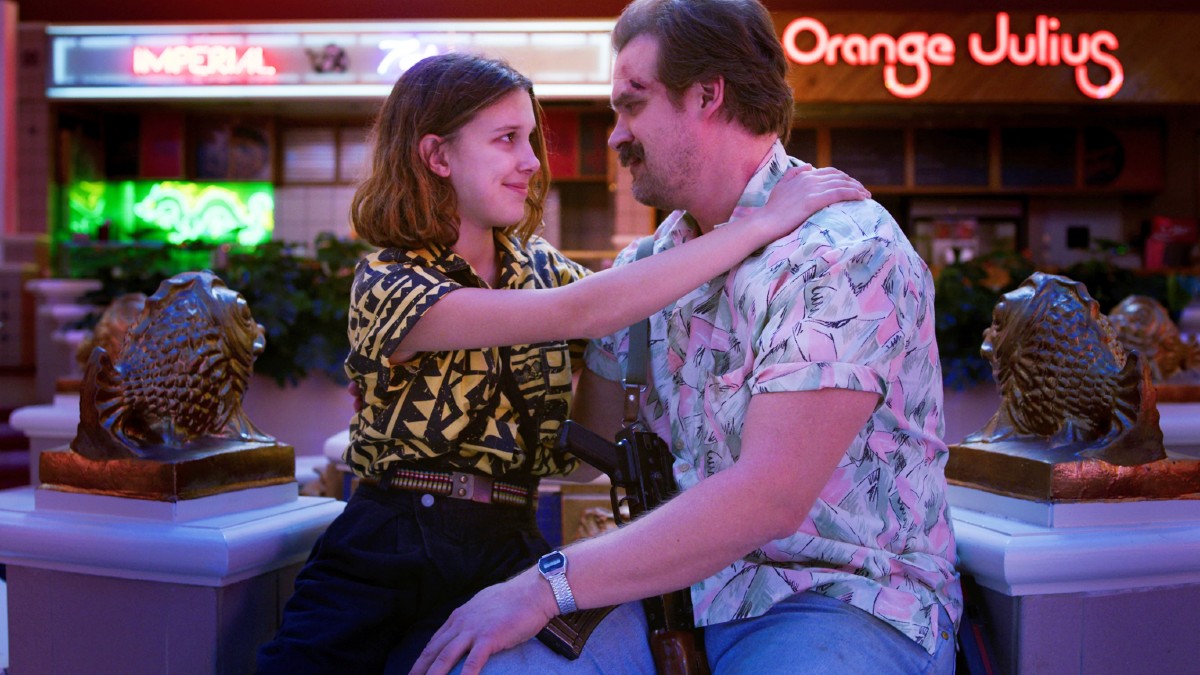

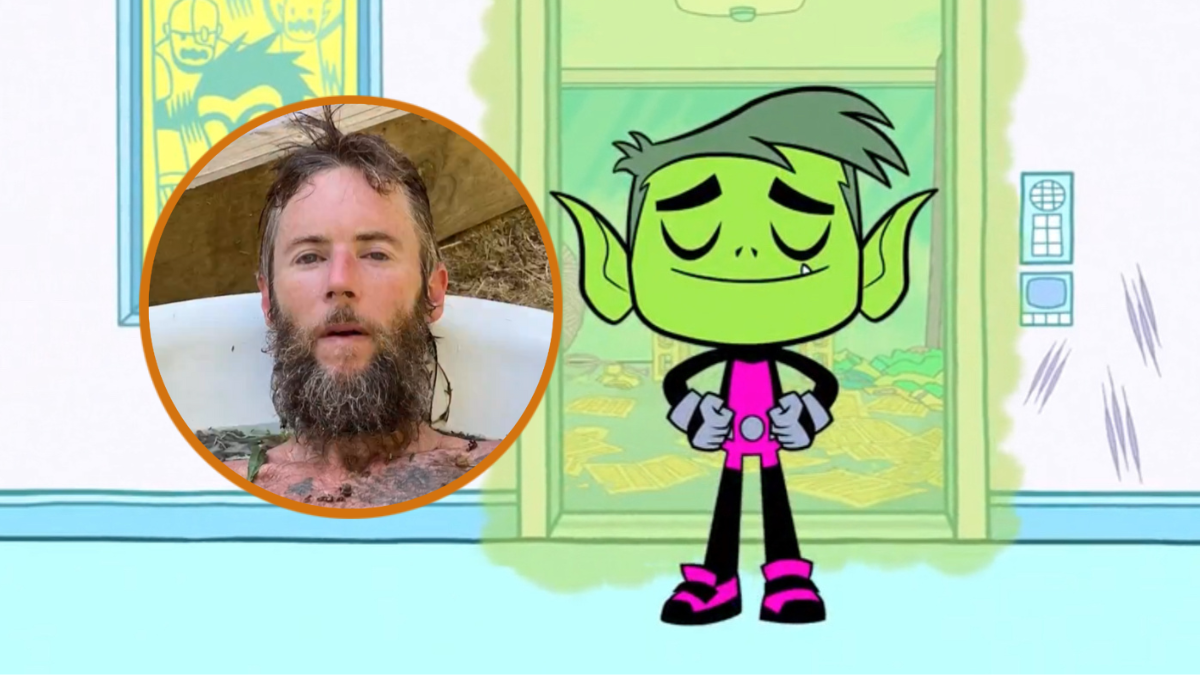

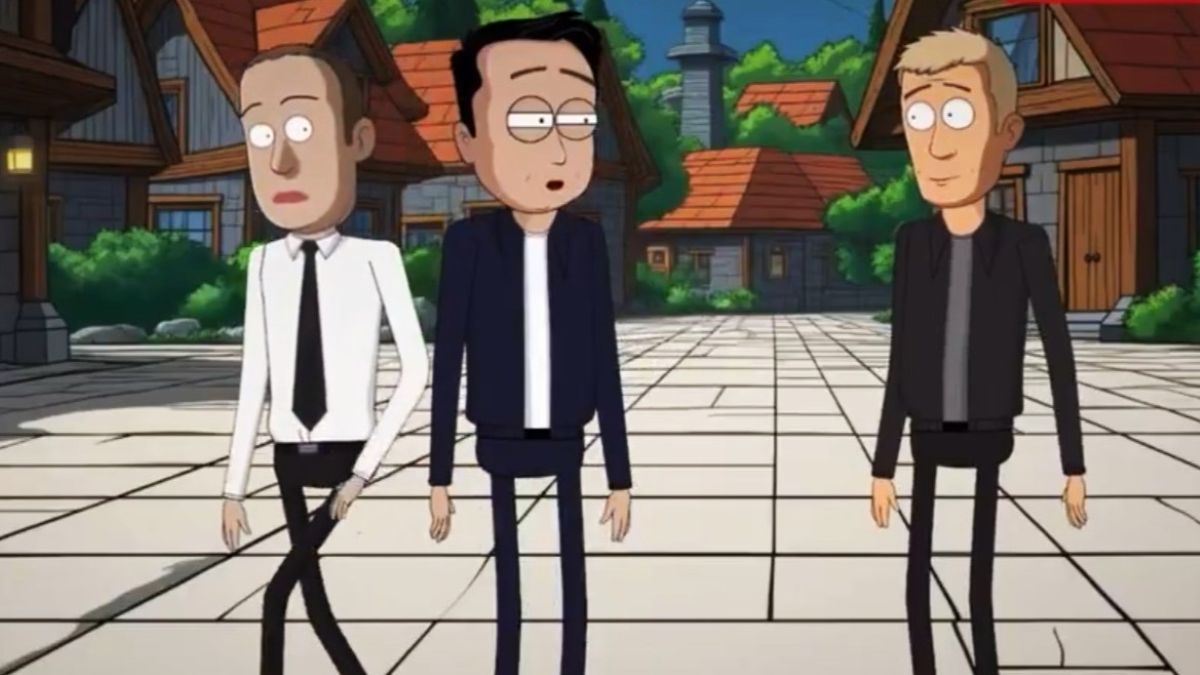
Published: Mar 28, 2022 02:27 pm